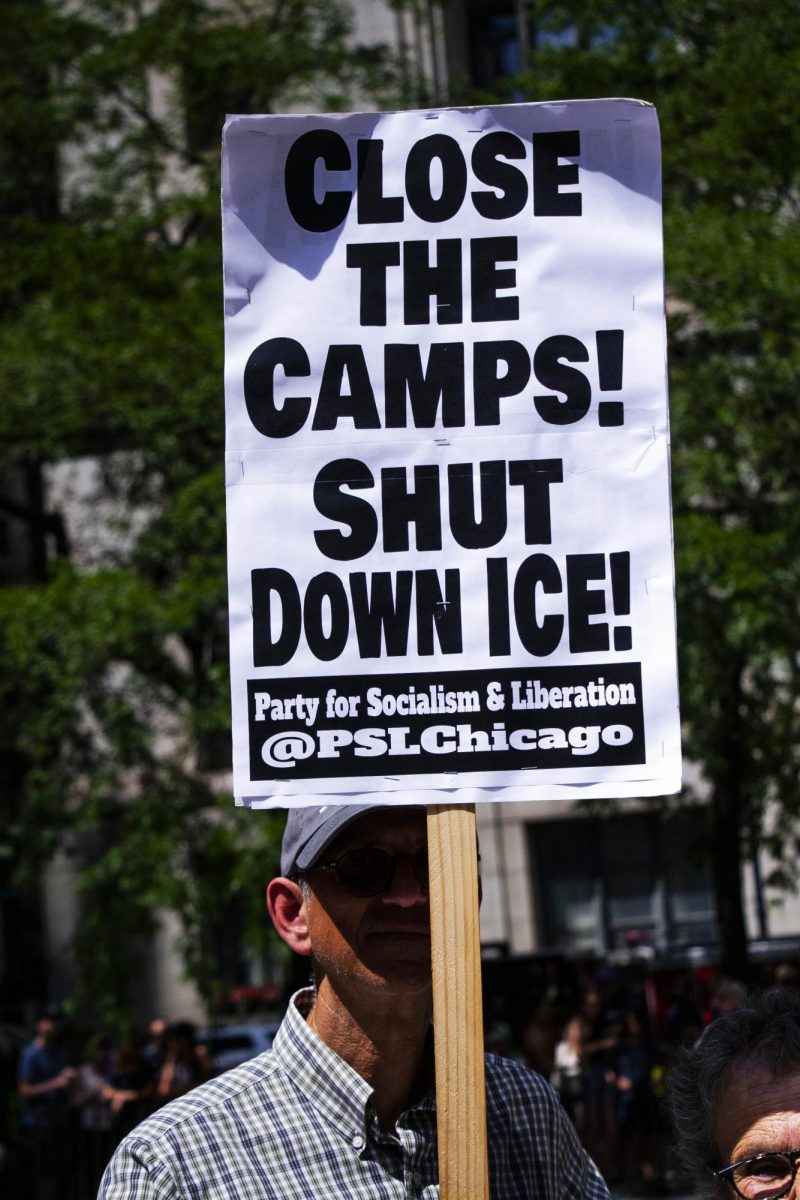The Trump administration’s crackdown on immigration has led to resistance from many sanctuary cities across the United States.
While there’s no explicit definition, sanctuary cities refer to cities that limit cooperation with federal immigration agencies, such as Immigration and Customs Enforcement (ICE).
Recently, Trump has been applying increased pressure on sanctuary cities. He signed an executive order requiring the Secretary of Homeland Security and Attorney General to publish a list of states, cities and counties that they considered to violate federal immigration laws on April 28. These governments could have federal grants or contracts suspended as long as they are noncompliant.
The mayors of major sanctuary cities across the U.S. — Boston, Chicago, Denver and New York City — testified before the Republican majority House Oversight and Government Reform Committee on March 5.
Republican Chairman James Comer said the Democratic mayors must be held accountable for their “failure to follow the law and protect the American people”, and that their policies create a “sanctuary for criminals”.
The mayors pushed back against assertions that they are making their cities less safe. I do not control who enters or remains in our country, but I do have to manage the population that is within our city”, said New York City Mayor Eric Adams.
According to the Pew Research Center, New York City is home to 13% of all immigrants in the US. While New York City is still considered a sanctuary city, Adams has increased cooperation with ICE and the Trump administration since the testimony.
The New York City Council filed a lawsuit against Adams to block an executive order allowing ICE to operate on Rikers Island on April 15. They said that the executive order is “tainted” by a conflict of interest and was a corrupt bargain. Federal charges against Adams were dropped soon after his cooperation with the Trump administration on immigration.
Boston Mayor Michelle Wu said that the Trump administration’s crackdown on immigration is making “hardworking, tax-paying, God-fearing residents afraid to live their lives … A city that’s scared is not a city that’s safe. A land ruled by fear is not the land of the free”, Wu said.
In a later interview, Wu says. “We will not back down from the communities who have made us the safest major city in the country.” She said she fears that increased police and ICE presence will result in residents feeling unsafe and unable to report crime. “This is a beautiful, diverse, incredible city … this administration needs to stop attacking cities to hide their own failures.”
Chicago Mayor Brandon Johnson has been pushing back on the Trump administration’s plan to send large numbers of federal officers into Chicago. In a news conference, Johnson said that Trump is “reckless and out of control. He is the biggest threat to our democracy that we’ve experienced in the history of our country.”
He has signed an executive order detailing how the city will resist pressure from the federal government and ICE. The Chicago police department will not be authorized to cooperate with federal authorities on immigration enforcement, nor be allowed to hide their identities like many ICE agents have been doing.
Los Angeles Mayor Karen Bass has advocated against ICE, recently signing an executive order to support Los Angeles’s immigrant communities in the wake of mass ICE raids conducted by the federal government. This order instructed city departments to prepare for federal immigration activity and expand access to resources for impacted families.
Representing a city with 3.6 million immigrants, Bass says, “We are a proud city of immigrants, and with the Trump administration signaling that they will ratchet up their chaotic approach, I’m making sure we deploy every resource and tool available within the City to ensure that we are supporting immigrant communities”.
Bass also announced that the city of Los Angeles and the Los Angeles attorney general would take legal action against the Trump administration. The lawsuit said that federal agencies like ICE and Customs and Border Protection acted unconstitutionally in recent raids by targeting people based on perceived race and ethnicity.
However, in a ruling on Sept. 8, the Supreme Court paused the existing restraining order that prohibited federal agencies from stopping individuals without reasonable suspicion, relying on things like apparent race or ethnicity, speaking English with an accent and presence at a work location.
The future of sanctuary cities remains uncertain as the Trump administration persists in its efforts to make them capitulate.






